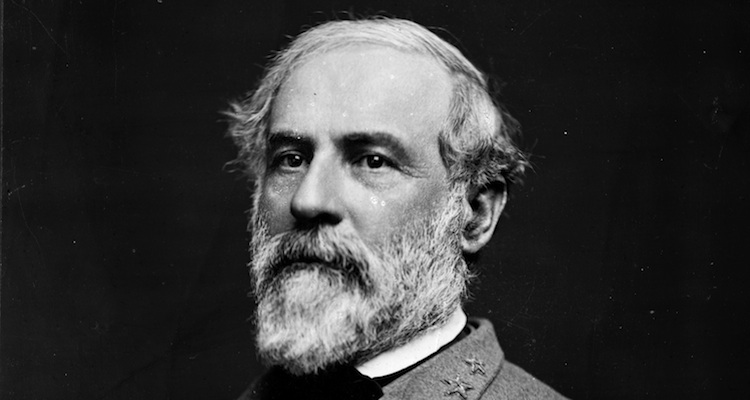Tell me why Robert E Lee park in Baltimore, Maryland, is called Robert E Lee park?
So need an explanation!
I think it has to do with R.E.L. being an engineer.
Thanks!
—MTK
? ? ?
Dear MTK,
Yours is one of those questions better answered by someone who is literally closer to the answer—in this case, one of the park rangers:
Robert E. Lee was a respected friend of some Baltimore families that were very impressed with his many attributes (and this was before the Civil War).
The park was named Robert E. Lee Park in 1944–1945 at the request of Robert Garrett, Baltimore City’s Recreation Commission Chairman. It was previously a water reservoir (Lake Roland). Garrett was also the executor of his aunt’s will. Elizabeth Garrett White wanted a portion of it to be used to fund the erecting of a Robert E. Lee statue near Druid Hill Park. She died in 1917. Another man, J. Henry Ferguson, also had a request for a statue of Lee and Thomas J. “Stonewall” Jackson in his will. His request was granted and a statue with the two on horseback was built across from the Baltimore Museum of Art.
After his schooling at West Point (the nation’s first engineering school), Lee was assigned as an engineer. The Garretts and the Lees became social friends when Lee moved to and lived in Baltimore (908 Madison Ave) for three years (from 1848). He was the chief Army Corps Engineer working on the Fort Carroll project. The fort was built to better protect Baltimore if ever attacked again. With the sailing ships and cannon of the time, Fort McHenry was too close. Robert’s sister, Ann, and her husband, William Marshall, also lived in Baltimore. They introduced Robert and Mary Ann to many of the prominent people in Baltimore, including the Garretts. John Work Garrett was the president of the Baltimore and Ohio Railroad. Eventually, Lee left Baltimore to become the Superintendent of West Point and to serve in the Mexican-American War in Texas. Garrett later requested Lee to help suppress John Brown’s raid on his railroad in Harper’s Ferry. Lee was asked to assist Garrett after the Civil War with the Lynchburg & Danville Railroad in the war-torn Shenandoah Valley.
Jeffrey Ruark
Park Ranger
Robert E. Lee Park
Many thanks, Jeffrey.
Sincerely,

Jon Guttman
Research Director
World History
www.historynet.com
More Questions at Ask Mr. History
Don’t miss the next Ask Mr. History question! To receive notification whenever any new item is published on HistoryNet, just scroll down the column on the right and sign up for our RSS feed.





